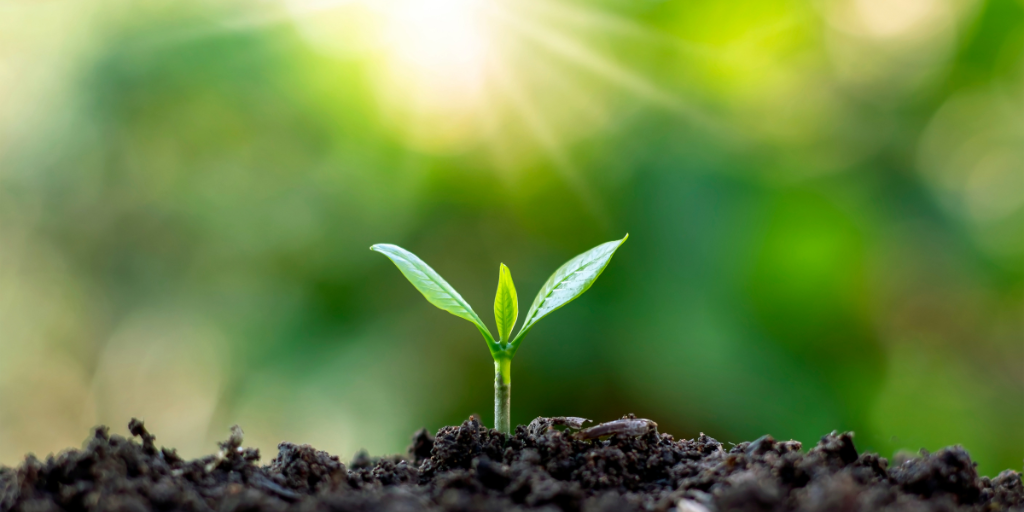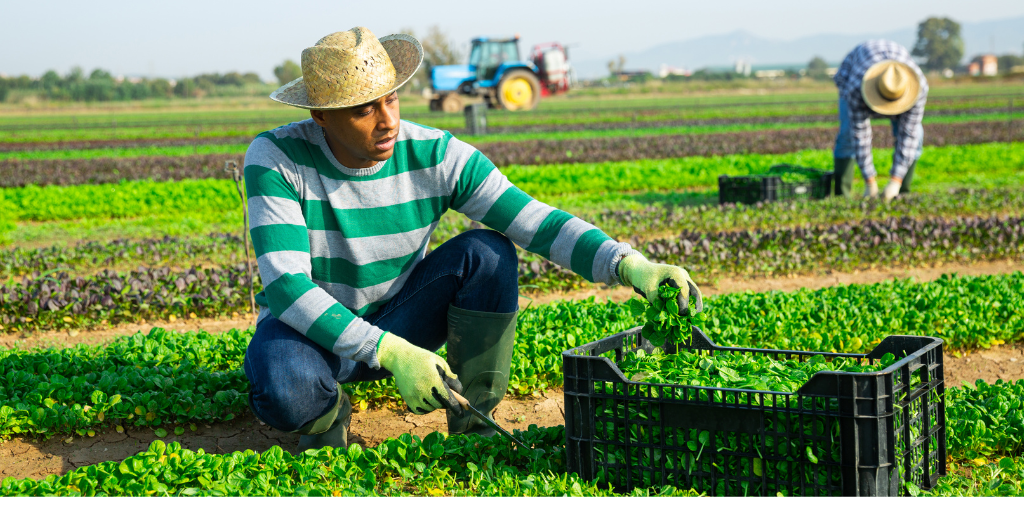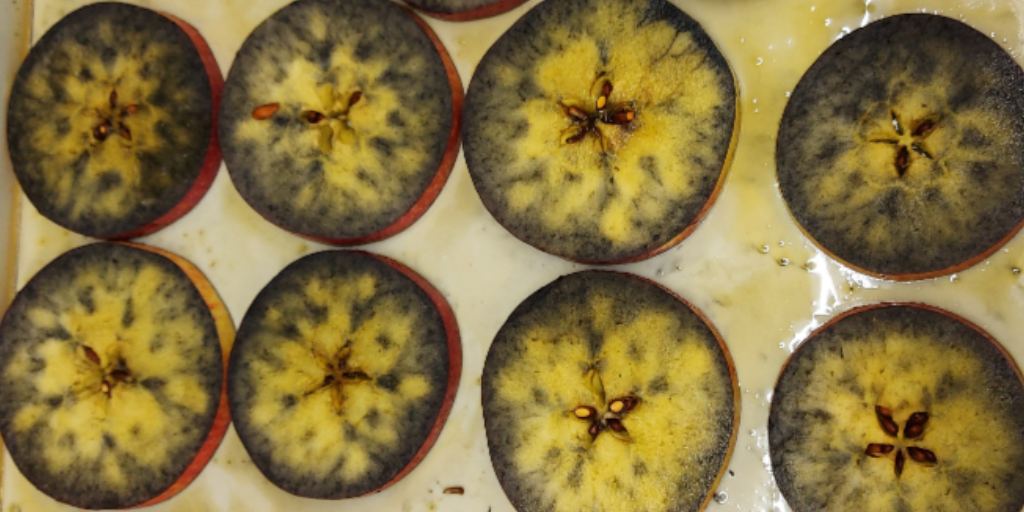
Autonomous tractors, robot weeding, even smart sorting machines and pack lines are all examples of advanced agtech innovations that have been widely accepted in the industry. But when it comes to transforming produce into the actual food we eat, there has been a hesitancy to adopt the same autonomous technologies.

Fertilizers are a crucial input in modern agriculture, where profit margins may be slim and maximizing yield is critical. But the rising cost of fertilizers over the last few years, particularly potash, has made it difficult for farmers to maintain optimal nutrient levels in their soil while also ensuring high-quality crops with high yields.

At Croptracker, all of our features are designed in collaboration with our users to prioritize the features that matter most. This week we’re getting ready for the growing season with the Punch Clock and Production Practices modules.

Timing is critical in the farming industry, and harvest is no exception. In the apple industry, where product may be held in controlled atmosphere (CA) storage for long periods of time, determining the ideal harvest window is even more essential to guaranteed longterm quality.
Let our expert staff walk you through the Croptracker system, and answer any questions you have.
We are here to help.